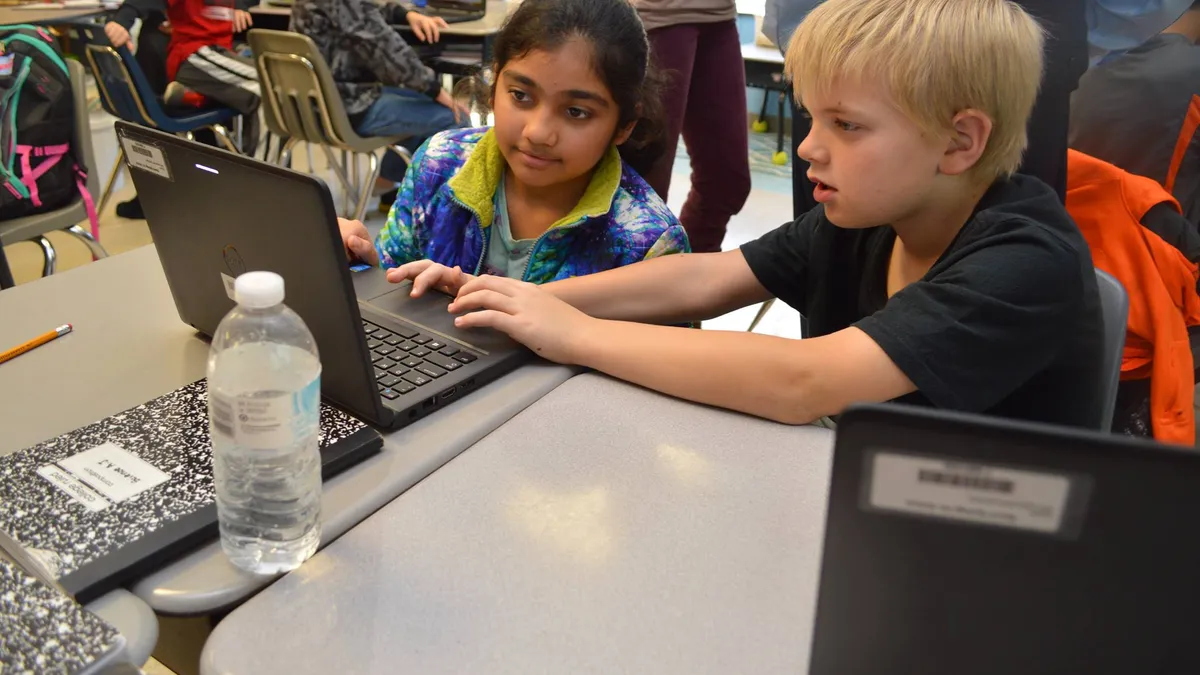Dive Brief:
- Diane Brauner, manager of the Paths to Technology website at the Perkins School for the Blind in Watertown, Massachusetts, is excited about new educational apps designed for visually impaired students, such as braille displays that work with touchscreens to support reading and writing skills, she wrote recently in eSchoolNews.
- Other tools also take advantage of technology to bring more accessibility to learning materials. These include earcons, which translate visual information into specific, audio cues transmitted through a digital device such as a computer.
- Brauner notes that companies developing educational tools for the visually impaired work on building teacher guides, as well, helping educators learn how to best weave these tools into a student’s individual education program.
Dive Insight:
As schools and districts adopt more technology tools for students, it’s crucial that they make sure all the resources are compliant with the Individuals with Disabilities Education Act. Failing to do so can result in legal action for a school or district. Taking this important step means every student can participate in and access lessons happening in a classroom. Some tools are familiar, and found in many devices today from computers to tablets, smart TVs to smartphones, including video subtitles and text-to-speech tools.
The U.S. Department of Education provides information about educational resources, such as instructional materials from the Office of Special Education Programs as well as links to organizations including the National Captioning Institute and the National Center on Accessible Educational Materials.
As administrators and curriculum designers look to adopt new educational initiatives and tools in schools — and as more students include students with disabilities in general education classrooms — taking the extra step to make sure these new learning programs work for all students is crucial.












